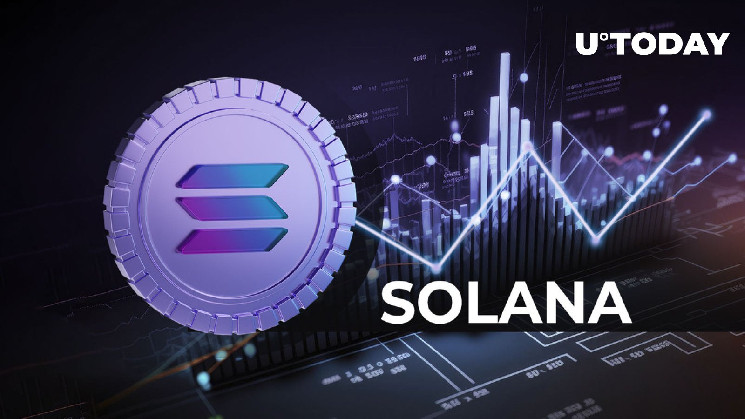Market analysts are closely monitoring the Solana (SOL) price chart for signs of the infamous “Head and Shoulders” (H&S) pattern, often considered a precursor to a bearish downturn. Upon initial inspection, the current chart does not showcase the definitive structure of a typical H&S pattern.
Characterized by three distinct speaks — the left shoulder, the central peak (head), and the right shoulder, separated by valleys (troughs) — an H&S formation is anchored by the “neckline,” drawn across the lowest points of the troughs, serving as a pivotal support line. Solana’s recent price movement on the Kucoin exchange, however, reveals the absence of this pattern, displaying instead a consistent upward trend punctuated by regular corrections.
The threat of a trend reversal, nonetheless, casts a long shadow. The future establishment of an H&S pattern on the Solana chart would mark a significant change from a bullish to a bearish market outlook. The formation’s completion, with the right shoulder’s appearance, would indicate a weakening in the buying force, potentially setting the stage for a change in the asset’s trajectory.
Wavelike movement of Solana
Delving into Solana’s movements with the Elliott Wave theory provides a more detailed perspective. This theory suggests that market prices oscillate in a predictable five-wave sequence, comprising three “motive” waves and two “corrective” waves. The current pattern on Solana’s chart may suggest it is at the end of such a sequence, with the final “motive” wave possibly reaching its peak recently. What follows could be a corrective pattern, which might be misinterpreted as an H&S formation.
The full formation of an H&S pattern would carry weighty consequences for Solana’s position on the market. A drop beneath the neckline would validate the bearish pattern, potentially initiating a wave of sell-offs as market participants rush to minimize losses or profit from the downward movement. Such a scenario would indicate the depletion of the bullish energy that has propelled SOL to its current levels, potentially leading to a new bearish cycle.
Read the full article here

